What’s in the Box
- Hybrid Lady Finger Seeds | Okra Seeds
- Sowing instructions printed on backside of Seed Packet
- Recyclable Pouch
Introduction
Lady finger, also known as okra or Abelmoschus esculentus, is a warm-season vegetable that’s loved for its tender green pods and high nutritional value. Whether you’re a backyard gardener or a balcony planter, growing lady finger from seeds can be a rewarding experience with the right approach. This guide provides a detailed explanation of every stage—from seed germination to pest control.
Guide to the Germination Process, Soil & Fertilizer, Watering & Pest Control Requirements for Lady Finger Seeds

Seeds Germination Process
Seed Preparation: Lady finger seeds have a tough outer coat, which can slow down germination. To improve the chances of successful sprouting:
- Soak seeds in lukewarm water for 12–24 hours before planting. This softens the seed coat and encourages quicker sprouting.
- Alternatively, scarify seeds by gently rubbing them with sandpaper before soaking to speed up water absorption.
Planting Medium: Choose a well-aerated, loose, and fertile seed-starting mix. A good mix includes:
- Cocopeat (40%)
- Compost or vermicompost (30%)
- Perlite or sand (30%) for drainage
Ensure the medium is free from pests, diseases, and weed seeds.
Planting
- Sow seeds at a depth of 1 to 1.5 cm (½ inch).
- Maintain a spacing of 3–4 inches between seeds in seed trays or rows.
- Lightly cover the seeds with the growing medium and press gently.
Containers: Use seedling trays, biodegradable pots, or small nursery bags for initial germination. Ensure containers:
- Have proper drainage holes.
- Are placed in a warm, well-lit location.
- Are easy to transplant from.
Transplant the seedlings when they have 2–3 true leaves, usually after 2–3 weeks.
Watering
- Water lightly but frequently to keep the soil moist, not soggy.
- Use a spray bottle or fine mist to prevent disturbing the seeds.
- Avoid water stagnation, which can lead to fungal infections.
Temperature: Lady finger seeds need a warm environment to germinate. Ideal temperatures:
- Day: 25°C–35°C (77°F–95°F)
- Night: Not below 20°C (68°F)
Colder temperatures may delay or prevent germination.
Light: During germination:
- Lady finger Seeds do not need direct sunlight but require warmth.
- Once germinated, move seedlings to a sunny location with at least 6–8 hours of sunlight daily.
Germination Time: Germination may take longer in cooler climates or poorly drained soils. Under ideal conditions, seeds will sprout in 5–10 days.
Soil & Fertilizer Requirement
Soil Type: Lady finger grows best in:
- Loamy, well-drained soil
- Rich in organic matter
- pH between 6.0 and 6.8
Avoid clay-heavy or compacted soils as they hinder root development.
Soil Preparation
- Clear the area of weeds, rocks, and debris.
- Loosen soil to a depth of 12–15 inches.
- Mix in well-rotted compost or manure (2–4 kg/m²) for organic enrichment.
- Use lime if soil pH is too acidic.
- Incorporate sand or cocopeat for improved drainage if needed.
Fertilization: Before sowing:
- Apply a balanced base fertilizer (NPK 10:10:10 or 12:12:12).
- Mix compost or vermicompost (2–3 kg/m²) into the soil.
During growth:: Avoid over-fertilizing, which can lead to excessive foliage and fewer pods.
Apply nitrogen-rich fertilizer every 3–4 weeks after germination to promote leafy growth.
Bone meal or seaweed extract can be used to boost phosphorus for better flowering.


Watering Requirement
Regular Watering
- Water deeply 2–3 times a week.
- Keep soil consistently moist but not waterlogged.
- Increase watering frequency in hot weather.
Drought Tolerance
Lady finger is moderately drought-tolerant once established. However, prolonged dryness can:
- Stunt plant growth
- Reduce flower and pod production
Ensure deep and consistent watering during the flowering and fruiting stage.
Deep Watering
- Deep watering encourages root development.
- Use drip irrigation or soaker hoses to ensure moisture reaches 6–8 inches deep.
- Morning watering is ideal to avoid fungal issues.
Avoid Overwatering
- Overwatering causes root rot, yellowing, and poor growth.
- Ensure good drainage and avoid watering in heavy rainfall periods.
Climate Dependent: Adjust watering based on:
Soil type: Sandy soils need more water than loamy or clay-rich ones.
Temperature: Hotter climates require more frequent watering.
Humidity: In humid areas, water less often.
Pest Control Requirement
Common Pests Affecting Lady Finger
- Aphids – Small green/black insects that suck plant sap.
- Whiteflies – Tiny white flying pests that cause yellowing and sticky leaves.
- Fruit Borers – Caterpillars that bore into pods.
- Red Spider Mites – Tiny red insects causing leaf curling and discoloration.
- Jassids (Leafhoppers) – Suck sap, causing leaf curling and spotting.
- Root-Knot Nematodes – Microscopic worms that attack roots, causing stunted growth.
Solutions
Organic Methods
- Neem oil spray: Mix 5–10 ml neem oil per liter of water. Apply every 7–10 days.
- Garlic-chili spray: Natural repellent for aphids and whiteflies.
- Soap solution: Mix 1 tsp liquid soap in 1 liter of water. Spray to suffocate soft-bodied insects.
- Introduce beneficial insects: Ladybugs and lacewings feed on aphids and mites.
- Hand-pick borers: Regular inspection and manual removal.
Cultural Practices
- Crop rotation: Prevents buildup of soil-borne pests.
- Weed control: Reduces hiding places for pests.
- Proper spacing: Improves air circulation and reduces humidity around plants.
- Mulching: Retains moisture and discourages pest colonization.
Chemical Methods (if necessary)
- Use insecticides as a last resort.
- Select target-specific, mild insecticides and follow label instructions.
- Avoid spraying during flowering to protect pollinators.


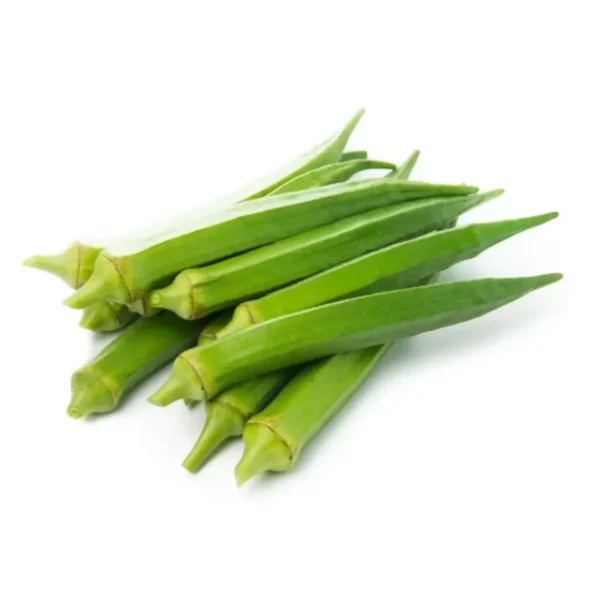
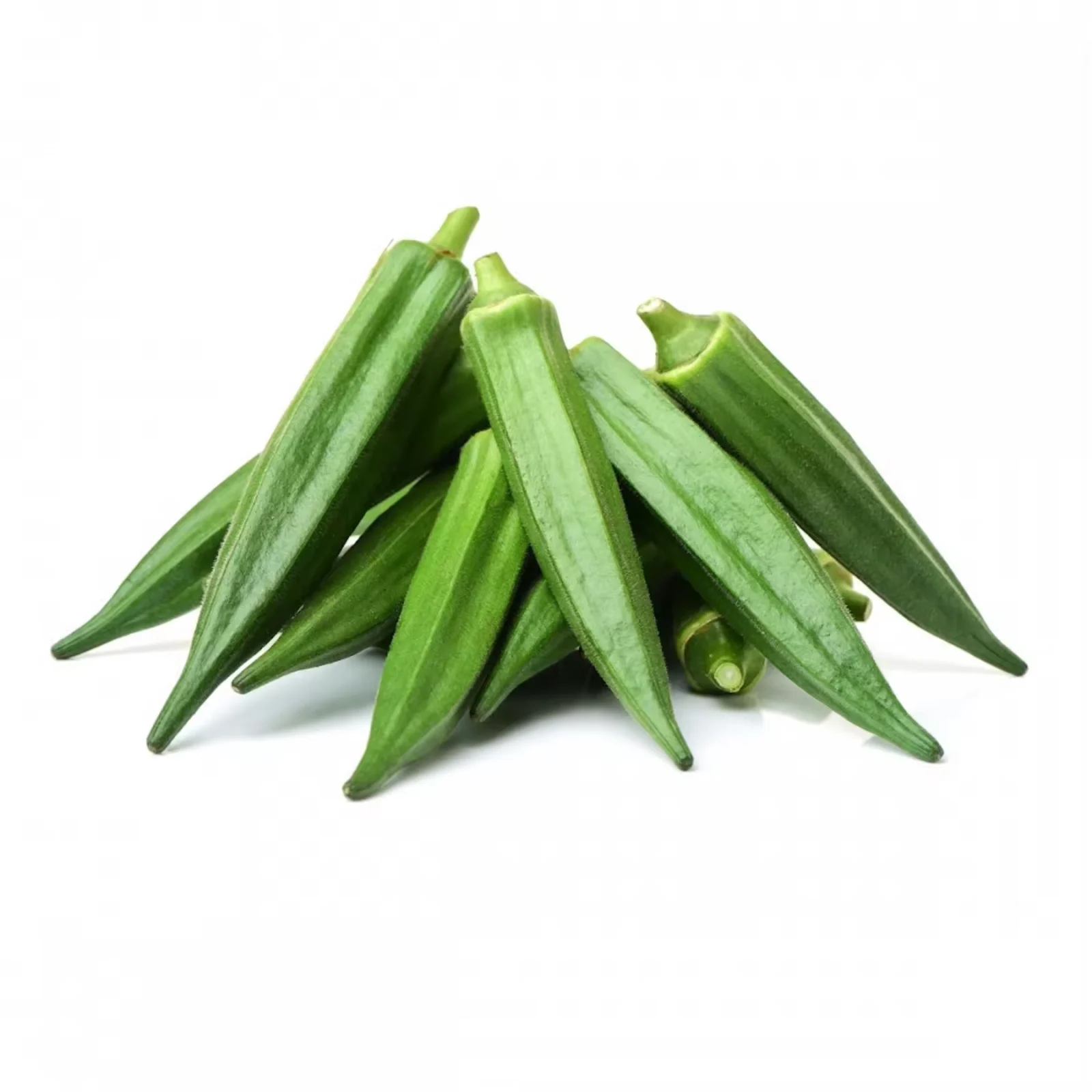
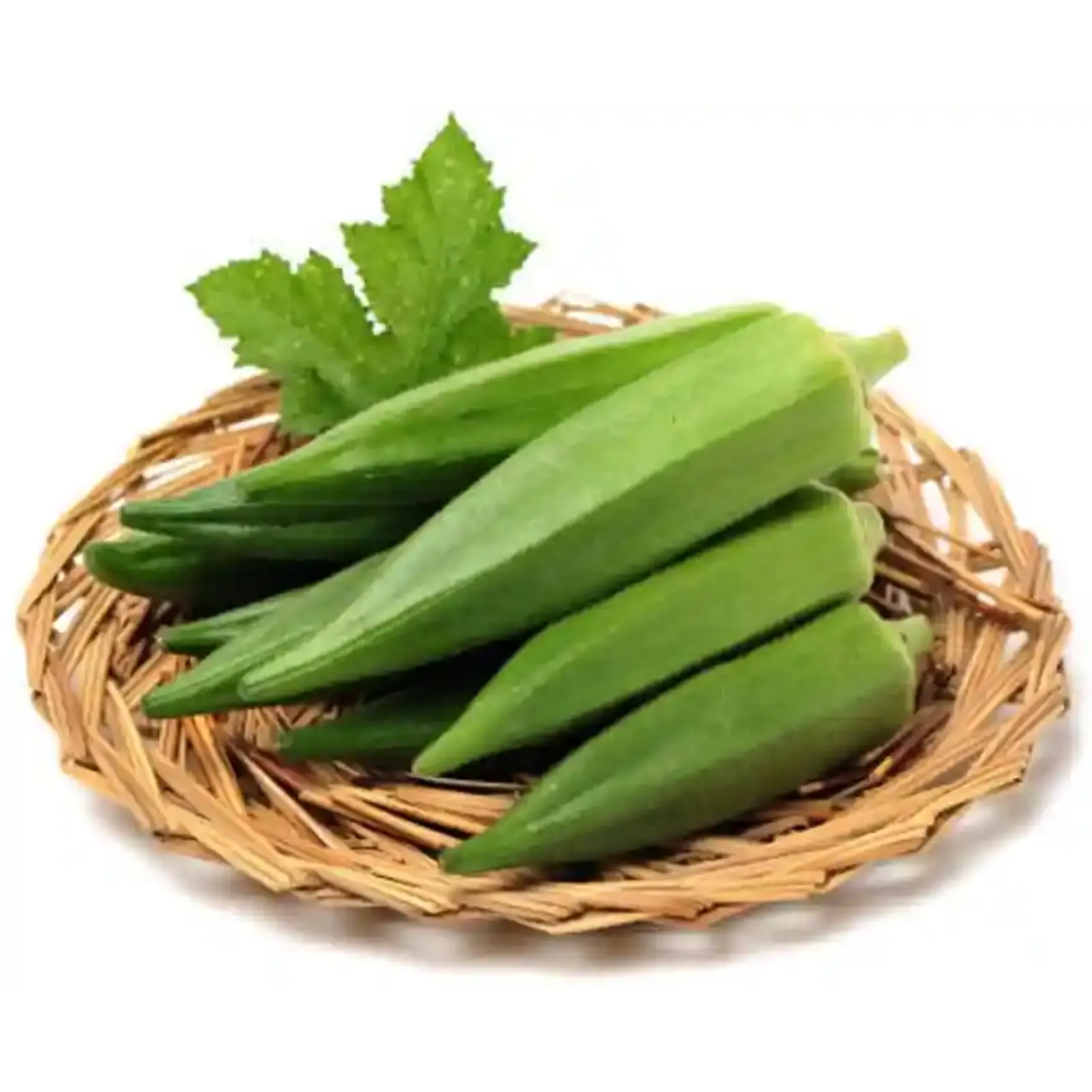

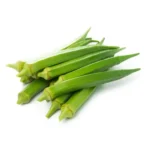

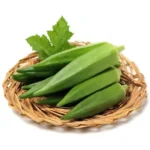
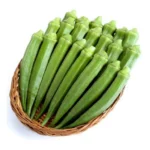
Reviews
There are no reviews yet